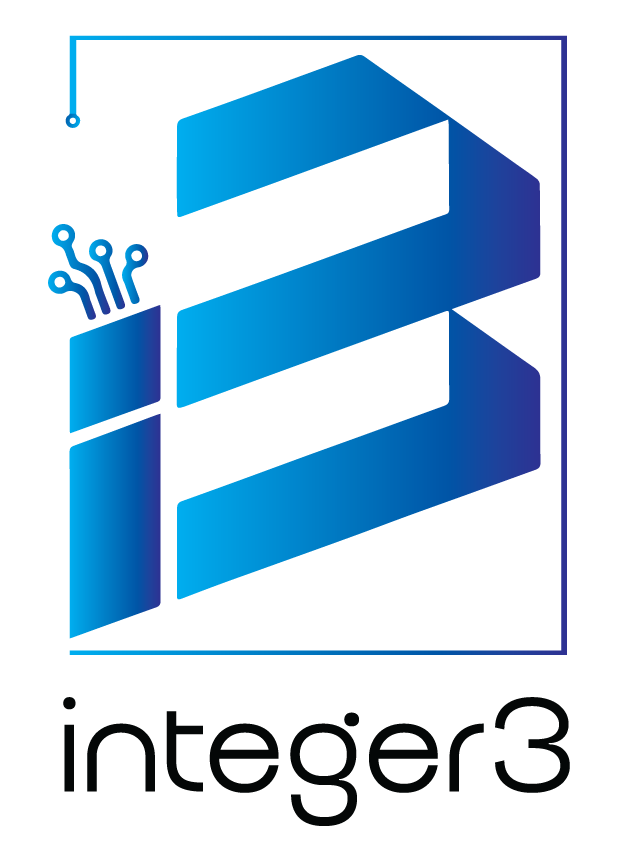
The One-Server Show: A Beginner’s Guide to Single-Server Architecture
So you’ve built a cool new web application. Maybe it’s a personal blog, a portfolio site to show off your work, or the first version of a brilliant startup idea. You’ve tested it on your own computer, and it works perfectly. Now comes the big question: how do you get it online for the world to see?
If you’re just starting, you’ll likely hear a lot of complex terms like “microservices,” “load balancers,” and “kubernetes.” While those are powerful, they’re often overkill for a new project. Instead, let’s start with the humble hero of the internet: the single-server architecture.
It’s simple, it’s effective, and it’s probably all you need right now.
What Exactly Is a Single-Server Architecture?
The Restaurant analogy :
In this little cafe, one person is the chef, the waiter, and the cashier. They take your order (the user’s request), go to the kitchen to cook the food (process the request in your application), get the ingredients from the fridge (fetch data from the database), and bring the meal to your table (send the webpage back to the user).
In short, everything happens under one roof, managed by one entity.
The three core components :
In technical terms, a single-server architecture is when your entire application—the web server, your application code, and the database—all live together on one single machine (a server).
Web Server (e.g., Nginx, Apache):
This is the front door. It accepts incoming traffic from the internet and directs it to your application.
Application (Your Code):
This is the brains of the operation. It’s your Python, Node.js, PHP, or Ruby code that contains all the logic for what your website does.
Database (e.g., MySQL, PostgreSQL):
This is the memory. It’s where all your important data is stored, like user information, blog posts, or product details.
Consequently, all these components share the server’s CPU, RAM, and storage.
The Good Stuff: Why You Should Start Here
Starting with a single server is a great idea for many reasons, but it really boils down to two things: simplicity and cost.
It’s Simple to Set Up and Manage:
When everything is in one place, troubleshooting is much easier. For instance, if something goes wrong, you only have one machine to log into and investigate. Deploying new code is as simple as updating the files on that one server.
It’s Incredibly Cost-Effective:
You’re only paying for one server. You can rent a basic “droplet” or “virtual private server” (VPS) from providers like DigitalOcean, Linode, or AWS Lightsail for as little as $5-10 a month. This is perfect for projects that aren’t making money yet.
Low Latency (Between Components): Since your application and database are on the same machine, they can communicate almost instantly. There’s no network delay between them, which can make certain operations very fast.
The Not-So-Good Stuff: The Trade-Offs
Of course, this simplicity comes with a few catches. It’s important to know the limitations.
Single Point of Failure (SPOF):
This is the biggest one. If your server goes down for any reason—a hardware failure, a software crash, or a maintenance issue—your entire website and all its services go down with it. Indeed, it’s the classic “all your eggs in one basket” problem.
Limited Scalability:
What happens when your little blog suddenly goes viral? A single server can only handle so much traffic. When you hit its limit, your only option is to “scale up,” which means paying for a bigger, more powerful (and more expensive) server. However, this has a ceiling; you can’t just buy an infinitely powerful machine.
Resource Competition:
Your application, database, and web server are all fighting for the same resources (CPU, RAM). If your database is working hard on a complex query, it might slow down your application, ultimately making the website feel sluggish for your users.
Who Is This For?
A single-server setup is the perfect match for:
Personal projects and portfolios.
Small blogs or content websites.
Early-stage startups building a Minimum Viable Product (MVP).
Internal tools for a small company.
Development and staging environments.
Essentially, if you have low to moderate traffic and can tolerate a small amount of potential downtime, this architecture is a fantastic and pragmatic choice.
Don’t Over-Engineer Your Start
It’s tempting to build for a million users on day one, but the reality is that most projects don’t need that complexity at the start. The single-server architecture is a beautiful, simple, and affordable way to get your idea off the ground and into the hands of users.
Start here. Get your project online. When you have the happy problem of too much traffic, you can then start thinking about separating your database, adding more servers, and growing your architecture. But until then, let the one-server show go on.”
integer3 is always in your support, don’t hesitate to call us.

Comments are closed